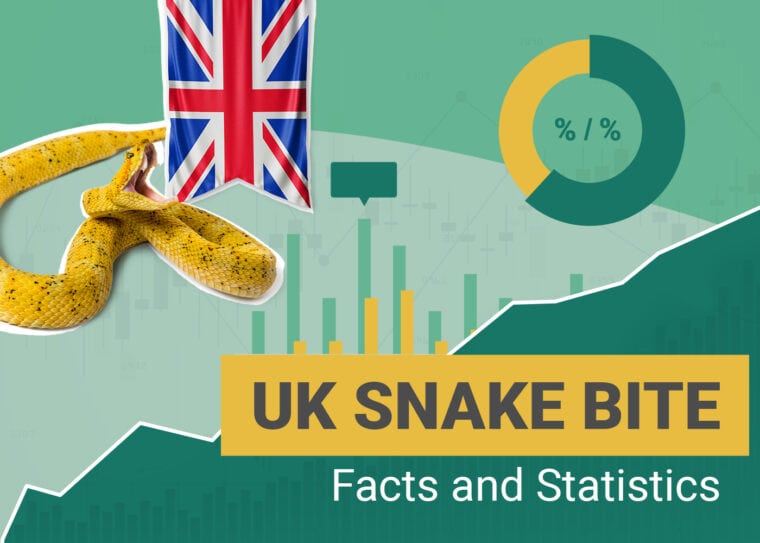
Click to Skip Ahead
Note: This article’s statistics come from third-party sources and do not represent the opinions of this website.
Snake bites can be very dangerous due to the powerful venom of some species. This is because snake venom is made up of toxins, proteins, and enzymes. Its effects vary from species to species and also depend on the age of the animal and where it lives. Fortunately, snake bites are rare in the UK and the majority of bites are caused by non-poisonous snakes. Here are 10 UK snakebite statistics and facts to make your next trip a little less stressful.
The 10 UK Snake Bite Statistics & Facts
- There are only three species of snakes found in the wild in the UK.
- The adder (Vipera berus) is the only venomous native snake in the UK.
- Bees and wasps are more dangerous than snakes in the UK.
- The last recorded death in the UK from a snakebite was in 1972.
- 14 people have died from adder bites in the past 145 years.
- About 100 adder bites are reported in the UK each year, with most between February and October.
- There are around 100 reports per year of adder bites to dogs.
- In about 70% of cases, there is a negligible reaction or only local effects to adder bites.
- 82% of all snakebite cases occurred between the months of April and September.
- 42% of Britons are afraid of snakes.

The Most Dangerous Snakes in the UK
1. There are only three species of snakes found in the wild in the UK.
(NHS)
Adders, grass snakes, and smooth snakes are the only three species of snakes you can find in the wild in the UK.
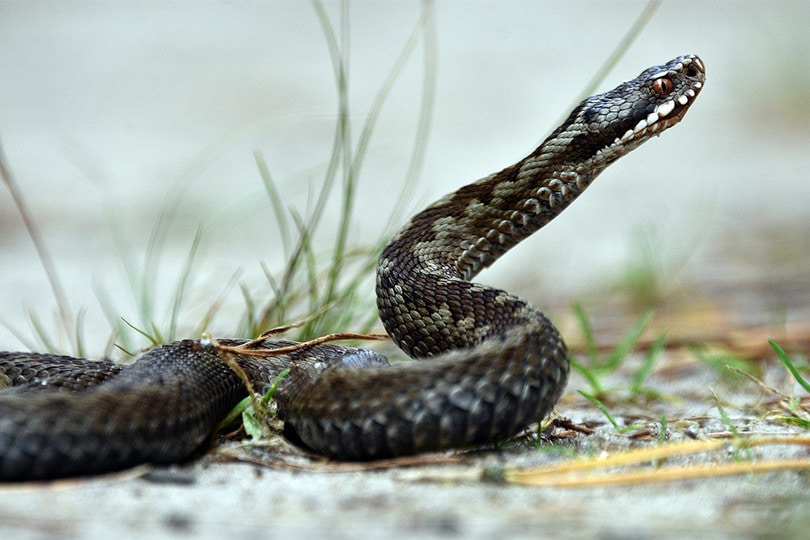
2. Adder (Vipera berus) is the only venomous native snake in the UK.
(RSPCA)
Vipera berus, or common European adder, is the only venomous snake you are likely to encounter in the UK (as well as most of Western Europe and East Asia). However, this snake is not considered to be particularly aggressive; it usually only bites when attacked or picked up. However, its bite can be quite painful.
3. Bees and wasps are more dangerous than snakes in the UK.
(NHM)
Between 1950 and 1972, bees and wasps killed 61 people in England and Wales, which is 60 more victims than snakes!
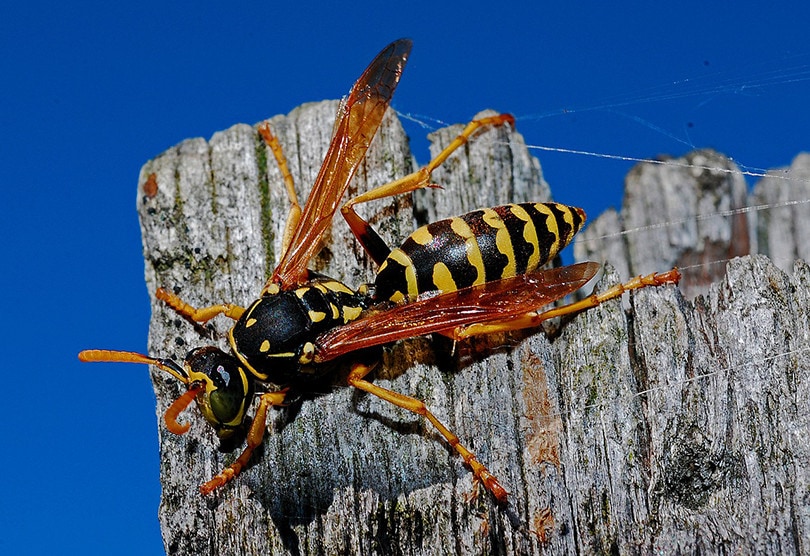
Snake Bite Deaths Statistics in the UK
4. The last recorded death in the UK from a snakebite was in 1972.
(NHM)
Human fatalities from snake bites in the UK are exceptionally rare. Between 1950 and 1972 there was only one death caused by an adder bite across England and Wales. For comparison, statistics on rattlesnake bites and deaths in the United States are more alarming: About 5 people die from rattlesnake bites in the US every year.
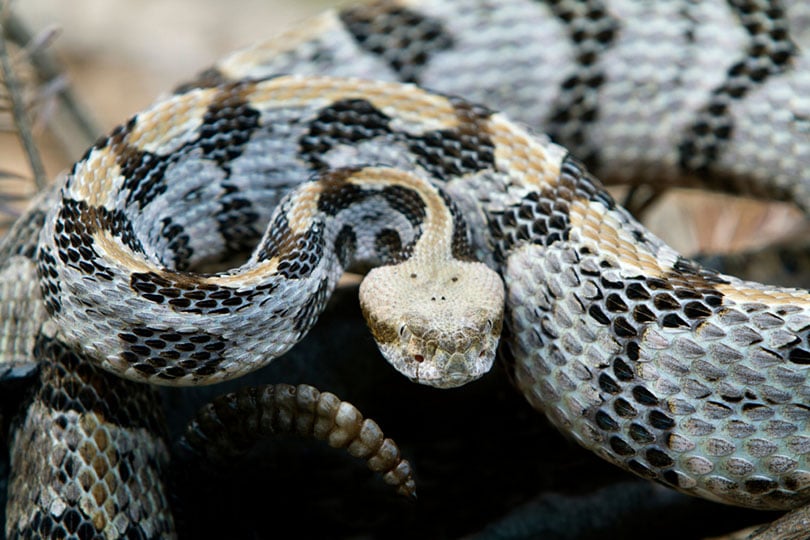
5. 14 people have died from adder bites in the past 145 years.
(BBC)
There have been (only) 14 recorded human deaths from adder bites since 1876, the last being in 1975. However, over the past few decades, there have been a number of serious adder bites, but fortunately, these have not resulted in the deaths of these people.
Snake Bite Statistics on People and Animals in the UK
6. About 100 adder bites are reported in the UK each year, with most between February and October
(The Guardian)
Every year millions of visitors to the UK venture to the areas where adders live. Despite this, very few bites occur. Statistics are not well documented, but research indicates that there are around 50 to 100 adder bites per year in Britain. This is mostly due to the fact that these snakes are not prone to attacking and biting unless being seriously disturbed.
Besides, as the adder is widespread in the UK, there is no data on the regions with the highest number of bites from this snake. However, since adders are more common in the south of England than in the north, it is likely that there is a higher risk of getting bitten in these areas.
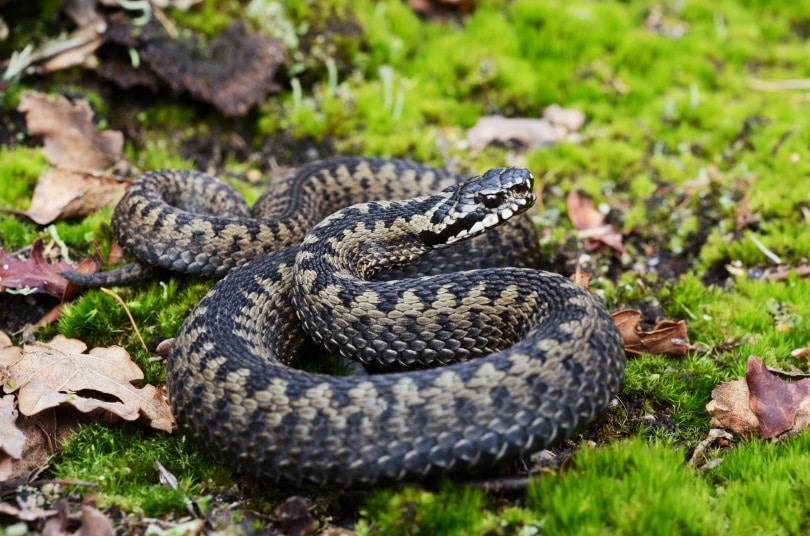
7. There are around 100 reports per year of adder bites to dogs.
(PDSA)
Adders are quite shy in nature and generally won’t bite unless they feel threatened. However, the curious nature of dogs makes them more likely to be bitten, especially when they go on an adventure in the undergrowth. Fortunately, although bites are painful, they are rarely fatal. Still, a snake bite is considered an emergency, and it’s best to get to the vet quickly if your dog is bitten. With treatment, most dogs recover quickly from viper bites. Also, be aware that these bites are particularly common between June and August but can occur at any time between February and October.
8. In about 70% of cases, there is a negligible reaction or only local effects to adder bites.
(ARC)
About 70% of adder bite cases in humans are quite easy to treat but generate very unpleasant reactions. Effects may include severe pain at the location of the bite, swelling, redness, nausea, and vomiting. In more severe cases, the bite may require intensive hospital treatment, cause breathing difficulties, mental confusion, and an irregular heartbeat. Vulnerable people, such as children and the elderly, are more likely to suffer from serious reactions.

9. 82% of all snakebite cases occurred between the months of April and September.
(NPIS)
According to the UK National Poisons Information Service (NPIS), 82% of snakebite cases occur between April and September, with a peak in August. Between 2004 and 2010, 510 cases were recorded, and the bites were caused by adders in 52% of cases, by exotic species in 26%, by an unknown species in 18%, and by another British snake in 4%.
10. 42% of Britons are afraid of snakes.
(YouGov)
Despite the near absence of poisonous snakes in the UK, roughly 42% of Britons are afraid of snakes. They must be happy not to live in Australia, where the largest amount of venomous snakes in the world are found!
- Related Read: Do Snakes Make Good Pets? What You Need to Know!

Frequently Asked Questions About UK Snake Bites
Why do adders (Vipera berus) have a venomous bite?
The venom is produced by the salivary glands of the snake. To expel its venom, the reptile uses the muscles of its head to exert pressure on said glands. The introduction of venom into the body following a bite is called “envenomation”. Furthermore, snake venom is made up of toxins, proteins, and enzymes.
As adders feed primarily on lizards and small mammals, their venom primarily has local and hemotoxic effects, causing their prey to die off via blood, cell, and tissue effects. Thus, its venom affects the flow of blood to the tissues, which can cause serious reactions in some people. (Nature)
On the other hand, if the venoms of some snakes are excessively dangerous (like that of the black mamba), they can also save lives. Indeed, medical researchers have produced drugs for people based on snake venoms. Since then, science has taken a keen interest in the possible curative virtues of snake venoms.

How do people get bitten by adder snakes?
Adder bites mostly occur when the snake feels unsafe. It’s sort of its defense mechanism, although it doesn’t tend to attack people for no good reason.
This usually happens when an adder is picked up or a person puts their hand or foot near the snake. Indeed, most adder bites occur in the hand or arm, which often happens if people decide to move or touch the snake. Truly accidental bites also occur, for example after inadvertently walking near an adder hiding in tall grass.
What is the risk of bites from exotic venomous snakes in the UK?
Most pet snakes are not venomous. However, there are cases of exotic and poisonous species that have been released into the wild or have escaped. Nonetheless, these cases are rather rare, as the UK has strict laws and legal controls over the possession of poisonous snakes. The risk of an accidental encounter with an exotic and dangerous snake in the wild is therefore extremely low. (ARC)

What country has the most deaths from snake bites?
According to the most conservative estimates, at least 81,000 snake bites and 11,000 deaths occur each year in India, making it the most affected country in the world. Revised estimates based on autopsies and other data now suggest that up to 1.2 million Indians died from snake bites between 2000 and 2019, giving an astronomical number of 58,000 deaths per year.
Moreover, in 2018, the WHO recognized that snake bites were a high-risk health problem in countries of Southeast Asia, mainly India (50,000 deaths), Pakistan (8,200 deaths), Bangladesh (6,000 deaths), and Sri Lanka (4,000 deaths). (WHO)
Conclusion
Snake bites are not common in the UK, let alone fatal. The only venomous snake known to date is the adder, a fairly timid viper who will not attack unless provoked. Besides, it should not be forgotten that snake bites and attacks are most of the time linked to the invasion of their habitat by humans, which can sometimes lead to dramatic encounters.
See Also:
- Australian Snakebite Statistics to Know: Rates, Deaths & More
- Surprising Canada Snake Bite Statistics
Featured Image Credit: Microgen, Shutterstock






